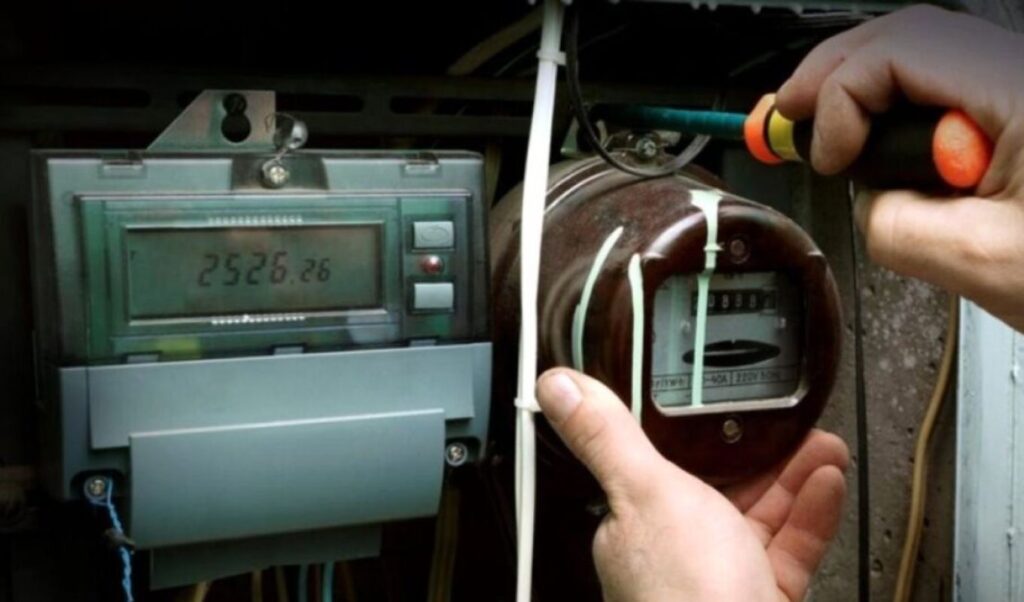The crackdown on electricity theft is intensifying with stricter fines from the RAAEU starting July 2025, with a 5% increase in charges. Households found stealing electricity will pay 49.453 cents per kilowatt-hour, while businesses face fines of 56.4 cents per KWh.
Methods of proving electricity theft
Proving electricity theft is accomplished through specific procedures and technical inspections conducted by HEDNO (Hellenic Electricity Distribution Network Operator). These inspections occur either following complaints or as part of scheduled network inspections. The most common proof method is on-site inspection by specialized HEDNO personnel. Technicians check the consumption meter and electrical installation to identify any tampering. The most frequent forms of electricity theft include bypassing the meter through illegal connections, altering meter functionality to record lower consumption, or using electrical energy without any meter at all.
Consumption data analysis
Another detection method is consumption data analysis. When sudden drops in recorded consumption are observed, or when consumption doesn’t match property characteristics and consumer patterns, control mechanisms are activated. Additionally, smart meters being gradually installed in networks can detect anomalies in real-time. Often electricity theft is revealed through complaints from neighbors or other citizens who observe illegal connections. In serious cases, HEDNO collaborates with police authorities to conduct inspections and prepare verification protocols.
What protocols apply when electricity theft is detected
When electricity theft is detected, a detailed protocol is compiled including photographs of illegal connections, description of the theft method, calculation of stolen energy, and violator information. This protocol serves as the primary evidence for imposing fines and potential criminal prosecutions.
Stolen energy calculation
Estimating the amount of stolen electricity uses technical criteria such as connected device power, estimated duration of theft, and comparison with similar consumption patterns. Historical consumption data from the same or similar properties is often used as well.
Detailed consequences of electricity theft
Electricity theft consequences extend beyond monetary fines. Violators face immediate power disconnection, obligation to restore legal connections at their own expense, and in serious cases criminal sanctions that may include imprisonment. Intensified HEDNO inspections and increased fines aim to deter the phenomenon and protect compliant consumers, who ultimately bear the cost of electricity theft through their bills.




